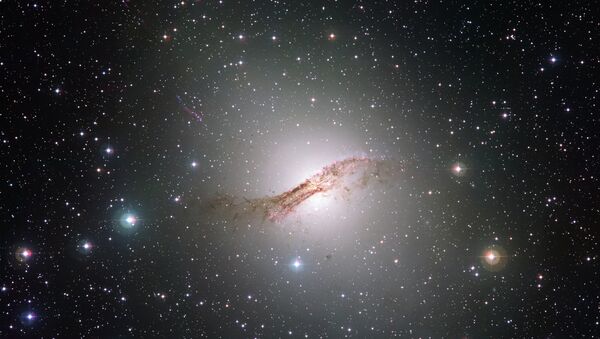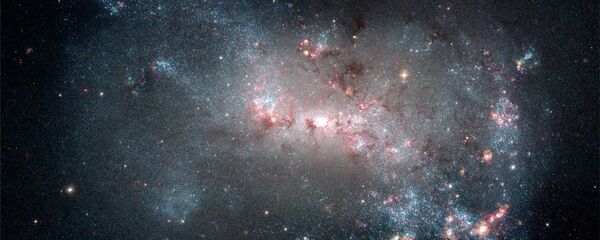These diffuse galaxies are 60,000 light years across – almost as wide as our own galaxy. However, they contain only one percent of the stars found in a normal galaxy. Because of their extremely low density (researchers called them "fluffy"), researchers have no idea how these galaxies formed.
"We are beginning to form some ideas about how they were born, and it’s remarkable they have survived at all. They are found in a dense, violent region of space filled with dark matter and galaxies whizzing around, so we think they must be cloaked in their own invisible dark matter ‘shields’ that are protecting them from this intergalactic assault," Dr Pieter van Dokkum of Yale Unidersity said.
The observation showed that the newly-discovered galaxies are very large and very far away, nearly 300 million light years away in the constellation Coma Berenices.
According to the astronomers, such galaxies should not exist given what we know about the evolution of our own galaxy.
"The big challenge now is to figure out where these mysterious objects came from. Are they ‘failed galaxies’ that started off well and then ran out of gas? Were they once normal galaxies that got knocked around so much inside the Coma cluster that they puffed up? Or are they bits of galaxies that were pulled off and then got lost in space?" astronomer Roberto Abraham wrote in a release from the Keck Observatory.
The next stage in studying Ultra Diffuse Galaxies is to measure how much dark matter they contain.



